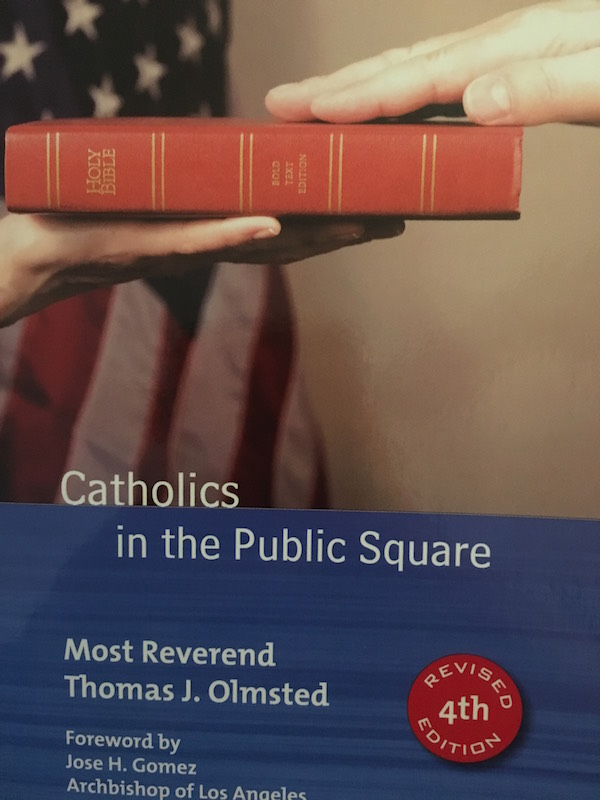Voting as a Catholic 101
2017 has finally arrived. With a new year comes resolutions to improve our future. However, we must also look back on what we have learned from last year. One of the biggest events of 2016 was the presidential election between two candidates, who possessed drastically different opinions on nearly every political issue. How should voters choose which side is the correct one, and should religion be a factor?
According to the Pew Research Center’s analysis of the 2016 election, 45% of Catholics voted for the Democratic candidate while 52% voted Republican. Even though the Republican candidate won (and is now officially the President of the United States as of January 20th), the split was nearly 50/50. Why is this? If Catholics believe in the same morals, why were they so divided on which person should to be the next leader of the free world? Professor John Green, a research adviser for the Pew Research Center, suggested in an interview that this is because people connect religion to some issues, while leaving it out of others. In other words, people tend to view some issues with different “lenses”: a religious lens and a non-religious lens. Issues such as abortion and marriage are often easier for Catholics to decide on, because the Bible tells them explicitly what they should think of it. “It may be when we come to other public policy issues like the environment or welfare payments or immigration that there’s not quite as easy a path between religious beliefs and political attitudes” said Prof. Green. Instead, people tend to base their opinions on personal experiences and circumstances. For example, two people can disagree over immigration because of where they come from and whether or not their friends or family are immigrants. However, Green implies that, although it is difficult to connect religion to certain issues, it is not impossible. So, how should a Catholic view every issue religiously?
Last semester, each Xavier student was given a pamphlet to give to their parents in preparation for the upcoming election. This pamphlet was titled “Catholics in the Public Square” and was written by Bishop Thomas Olmsted himself. It consists of definitions of many different official terms and principles that the Church teaches. “Catholics should not be afraid to embrace their identity or to put their faith into practice in public life,” said Bishop Olmsted. The Church encourages Catholics to keep their religious lens on, even when they are participating in the political sphere. Bishop Olmsted adds that Catholics should not be afraid of expressing their religious principles because the “First Amendment of the United States Constitution…does not advocate for a separation of Church and state at all, but rather the protection of religious freedom from the state.” Throughout “Catholics in the Public Square,” Bishop Olmsted stresses the basis of Catholic Social Teaching: each person has human dignity. Regardless of race, gender, ability, or religion, everyone deserves to be treated with respect. In the end, even people who are not Catholic can follow this principle because everyone has dignity and purpose.
Although many of us are still a few years away from our first voting experience, we can choose to look at our candidates by their decisions to respect human nature.




